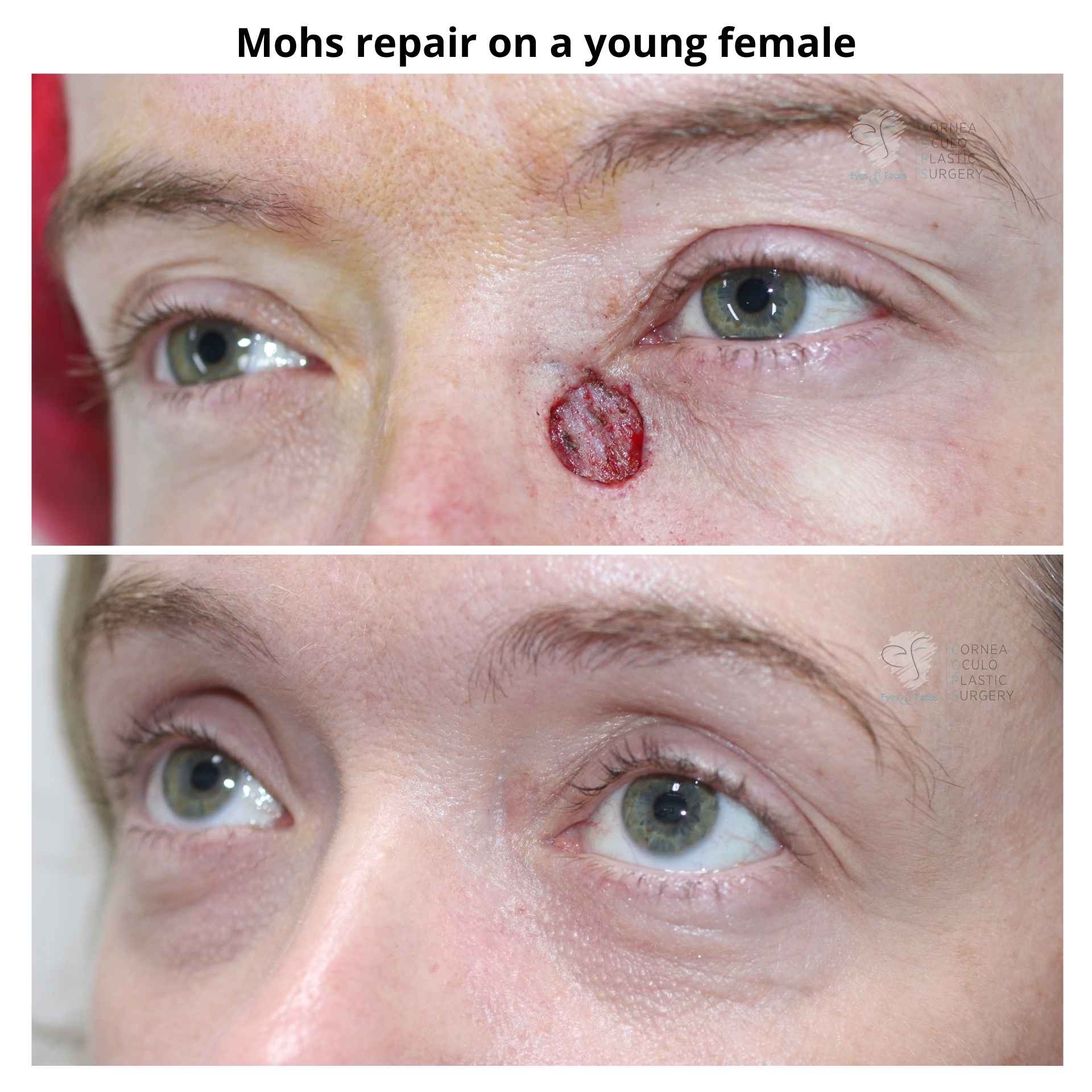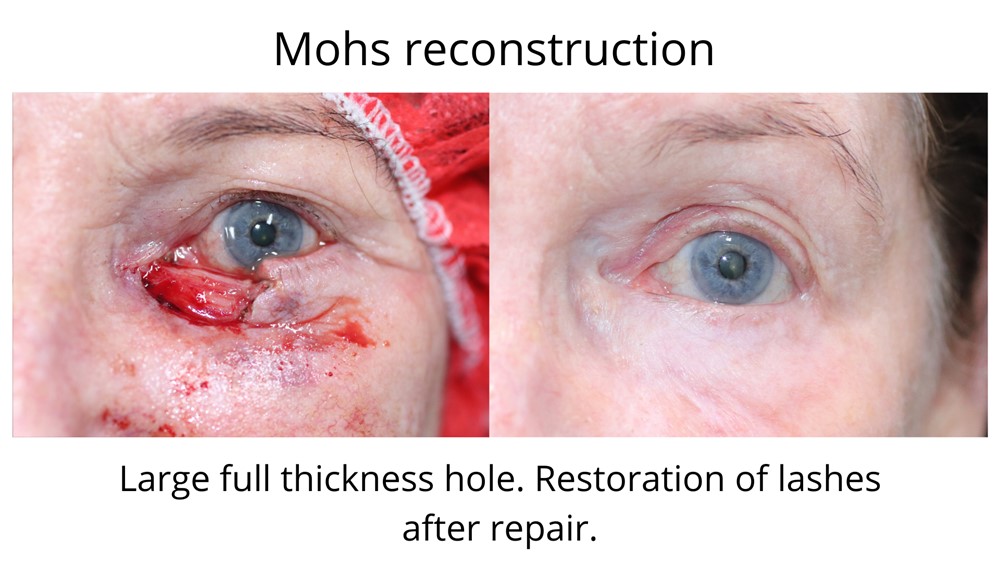Expert Tips for a Smooth Healing Process
Welcome to our comprehensive guide on Mohs surgery recovery, where we’ll provide you with essential insights to ensure a smooth healing process after your procedure. Dr Anthony Maloof understands that undergoing Mohs surgery can be a daunting experience, but with the right knowledge and care, your journey towards recovery can be considerably easier.
Understanding Mohs Surgery
What is Mohs Surgery?
Mohs surgery, also known as Mohs micrographic surgery, is a highly specialized procedure aimed at removing skin cancer, particularly basal cell and squamous cell carcinomas, with precision. This technique is renowned for its exceptional success rates and minimal damage to healthy tissue.
The Procedure
During Mohs surgery, a skilled dermatologic surgeon carefully removes cancerous tissue layer by layer. Each layer is examined under a microscope in real-time, allowing the surgeon to precisely target and remove all cancer cells while sparing as much healthy tissue as possible. This meticulous approach is what sets Mohs surgery apart from other skin cancer treatments.
The Road to Recovery
Immediate Post-Operative Care
Dressing and Wound Care
After Mohs surgery, you’ll likely have a wound that requires proper care. Your surgeon will provide specific instructions, but generally, you should:
- Keep the wound clean and dry.
- Change the dressing as instructed.
- Apply any prescribed ointments or creams.
- Avoid excessive movement that could strain the wound.
Pain Management
It’s common to experience some discomfort after Mohs surgery. Your doctor may recommend over-the-counter pain relievers or prescribe medication to manage pain effectively. Ensure you follow their guidance closely.
Managing Swelling and Bruising
Swelling and bruising are normal after Mohs surgery. To reduce these symptoms, you can:
- Apply cold compresses as advised.
- Keep your head elevated, especially when sleeping.
- Avoid strenuous activities that could exacerbate swelling.
Protecting the Incision Site
Protecting the incision site is crucial for optimal healing. Here’s what you can do:
- Avoid direct sunlight on the wound.
- Use a broad-spectrum sunscreen on the area when heading outdoors.
- Cover the wound with clothing or a bandage.
- Follow your surgeon’s advice on scar care.

Your Diet Matters
A well-balanced diet plays a significant role in Mohs surgery recovery. Consider incorporating these nutrients into your meals:
Protein
Protein aids in tissue repair and helps your body heal faster. Include lean meats, fish, eggs, and dairy products in your diet.
Vitamins and Minerals
Vitamins C and D, as well as zinc, support the healing process. Opt for citrus fruits, leafy greens, and fortified foods to meet these needs.
Hydration
Staying hydrated is vital for overall health and healing. Drink plenty of water to ensure your body functions optimally during recovery.
Monitoring Your Progress
Regular follow-up appointments with your dermatologic surgeon are crucial. They will assess your healing process, remove stitches if necessary, and address any concerns you may have. Always communicate openly with your healthcare provider.
In conclusion, Mohs surgery is a highly effective method for treating skin cancer, and your recovery journey can be made smoother with the right information and care. By following the guidelines we’ve provided, you can ensure the best possible outcome and minimize any potential complications.
Remember that every individual’s recovery is unique, so it’s essential to work closely with your healthcare team to tailor your post-operative care plan to your specific needs. We wish you a speedy and successful recovery.


